Slow Knowing Deep Learning
for Health-Justice
Lesson 5 : Hallmarks of White Supremacy
Live zoom session https://us02web.zoom.us/j/86419703983
Meeting ID: 864 1970 3983 Passcode: 113544
Activity One
What Is White Supremacy?
Supremacy refers to a belief system that categorises humans into groups according to a constructed characteristic and then allocates more value to people according to which group it deems them to belong to.
We can see this at work in thin supremacy. It’s a mind set that separates people into the groups Fat and Thin and then assigns people in each group a very different status.
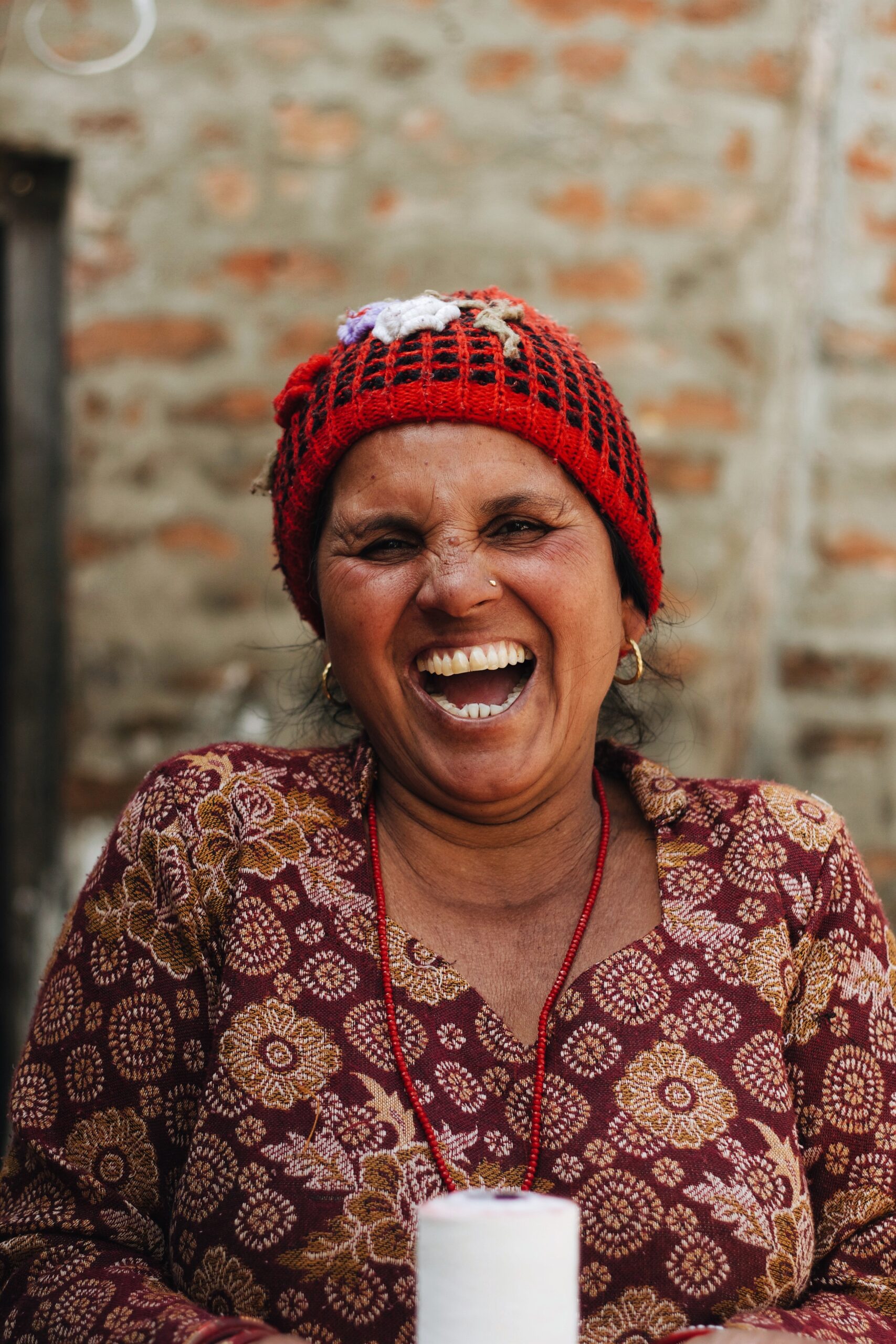
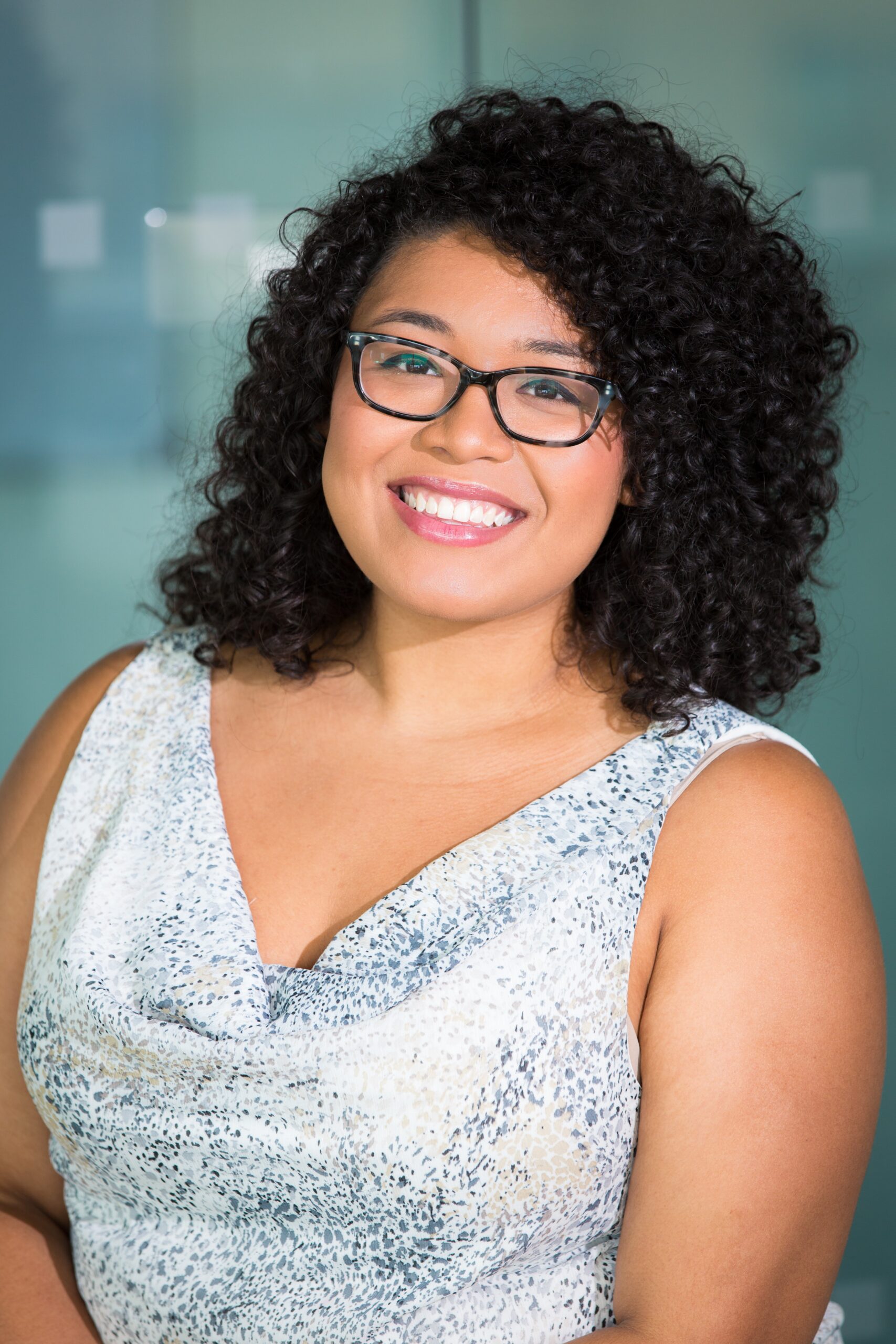
White supremacy separates people into white and non-white and values whiteness. A word on language, ‘non-white’ makes whiteness a default, so it makes sense to use terms like Black or BIPOC as descriptors instead when possible.
White supremacy is an over-arching supremacist mind-set. In others words, undoing white supremacy would undo all other axes of oppression. Occasionally it is useful to name these other axis, as in thin and straight supremacy, while not losing touch with the over-arching choreography of white supremacy as the deepest root of the problem.
Activists Kenneth Jones and Tema Okun listed the hallmarks of white supremacy. I found this hugely helpful for naming what was going on at a deep level that got in the way of right relationship and liberation. It has been especially useful for identifying issues when there’s no overt signs of oppression.
- Were there any surprises?
- Any aha moments?
- Is there anything that doesn’t add up for you?
- Would you add anything to the list?


Activity Two
But Is It Relevant to Public Health? Thinking About (Evidence Based) Practice.
The ubiquity, and hazardous impact, of white supremacist thinking (WST) means that in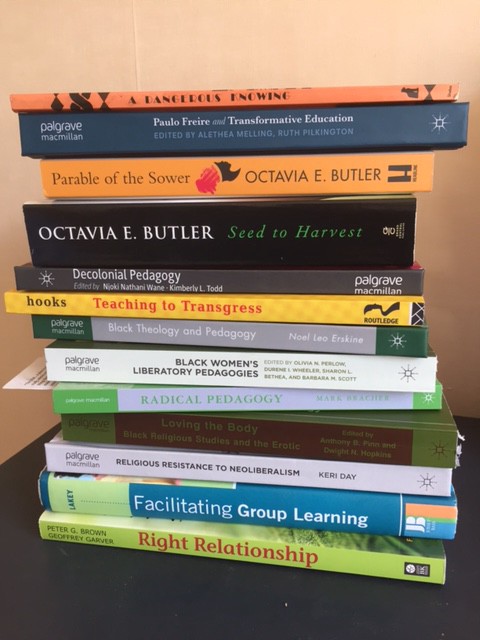 order to effectively promote health-justice we need to learn to recognise WST.
order to effectively promote health-justice we need to learn to recognise WST.
I have found a useful question to be ‘how does this embed, support, undo, replace, embolden, or trouble white supremacy?’
And more simply “what’s left here if we remove white supremacy?”
People working in the public health system, clinical care and therapy services are enjoined to deliver evidence-based practice.
Using the Hallmarks list, have a think about how the drive for evidence-based practice might embed, support, undo, replace, embolden, or trouble white supremacy?
We’ll discuss this in the zoom session.
Activity Three
Responding to White Supremacy As A Public Health Issue
Can you list some (say 1-5) specific actions you could take to undo white supremacy and generate change in your own practice, your knowledge community, or your workplace?
This could mean directly addressing racism andor working to replace the deep roots of white supremacy named in the Hallmarks.
These ideas from public health officials might be helpful:
An Open Letter advocating for an anti-racist public health response to demonstrations against systemic injustice occurring during the COVID-19 pandemic
Seven things organisations should be doing to combat racism.
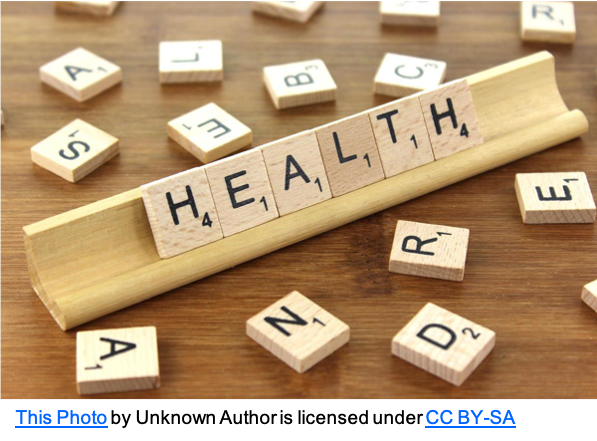
Activity Four
Responding As Racialized Bodies
This activity builds on earlier activities where I invited you to sit with body responses. It connects to The Politics of Trauma book too.
My Grandmother’s Hands is a book by Resmaa Menakem about healing racial trauma through body work. His thesis is that racism lives in the body, and lives differently in Black and white bodied people, and in law enforcers. You can hear him talk about his ideas in the video.
Activity Five
Experimenting with (Re)Connection
White supremacist thinking needs division. The first severance is to divide humans from non-human nature. Now, humans are assumed to be apart from, and have dominion over, the non-human world. The non-human world is only deemed to have value in as far as it serves humans. In other words, it is denied any inherent worth or Beingness. (These ideas are nonsensical to earth-honouring cultures). Enter the industrial revolution, plastic pollution, and climate catastrophe.
What do you think of this somewhat condensed analysis?!
Is there any truth in it? If so, does it matter to the real world or is it an academic trinket only?
If re/connection seems useful to explore, can you think of any practices you could try that support this. These might be things you do already, or things to experiment with.
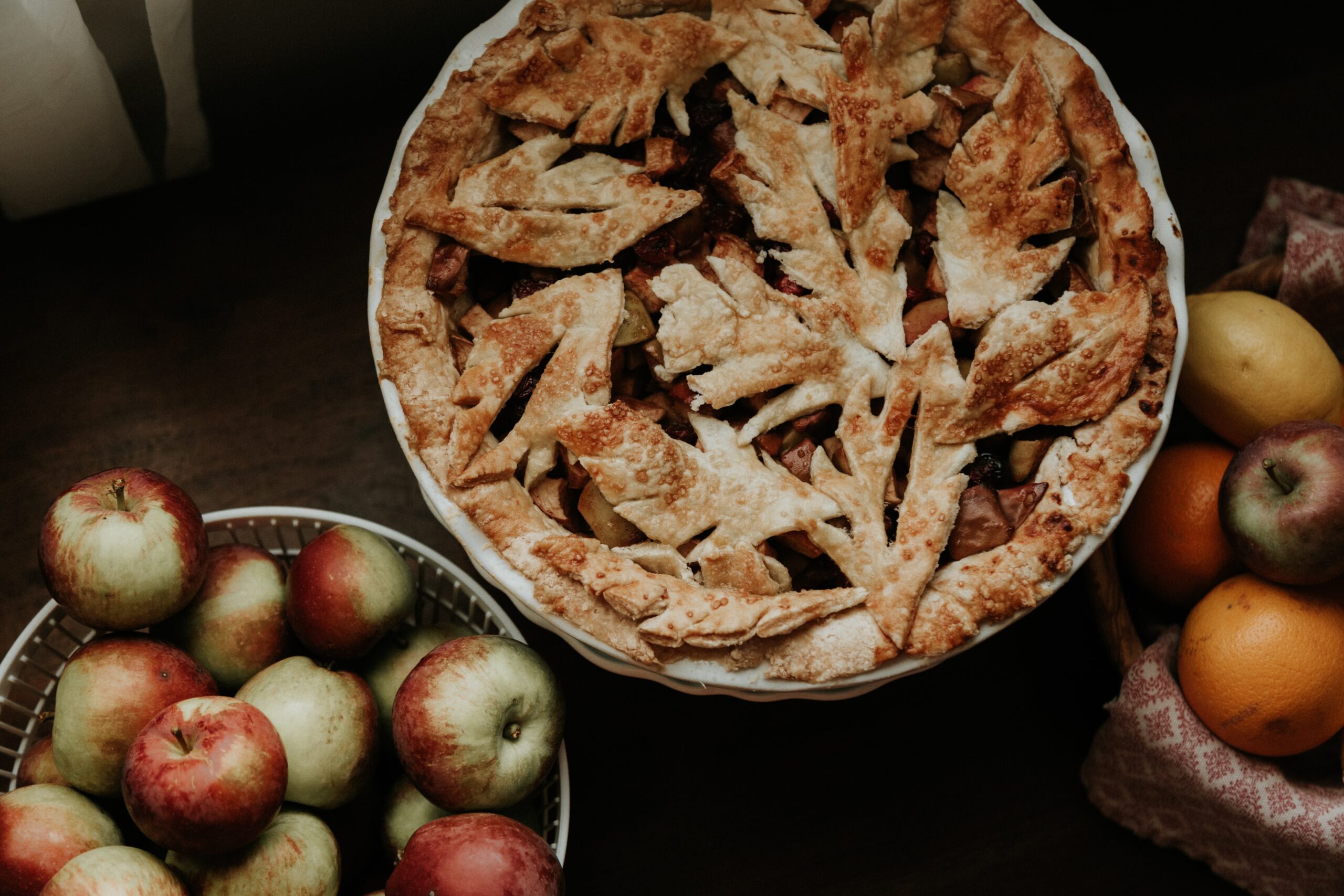
Activity Six
Public Somatics
Have you heard of Button Poetry? It’s a group promoting spoken word poetry for social justice based in the US. The artists are all phenomenal.
I have been thinking about the role of performance differently since I read more on somatics in The Politics of Trauma book. How do you feel after hearing this poem? Is it mainly hearing, or is more accurately experiencing the poem?
What does this suggest to you about learning, healing, social change?
Activity Seven
Further Reading
-
Resource page with summary notes and videos on My Grandmother’s Hand.
-
Understanding somatic abolitionism. What do you think of this as a route to improve health justice and change the public health system where you are?
- Jessica Wilson RD has a podcast My Black Body
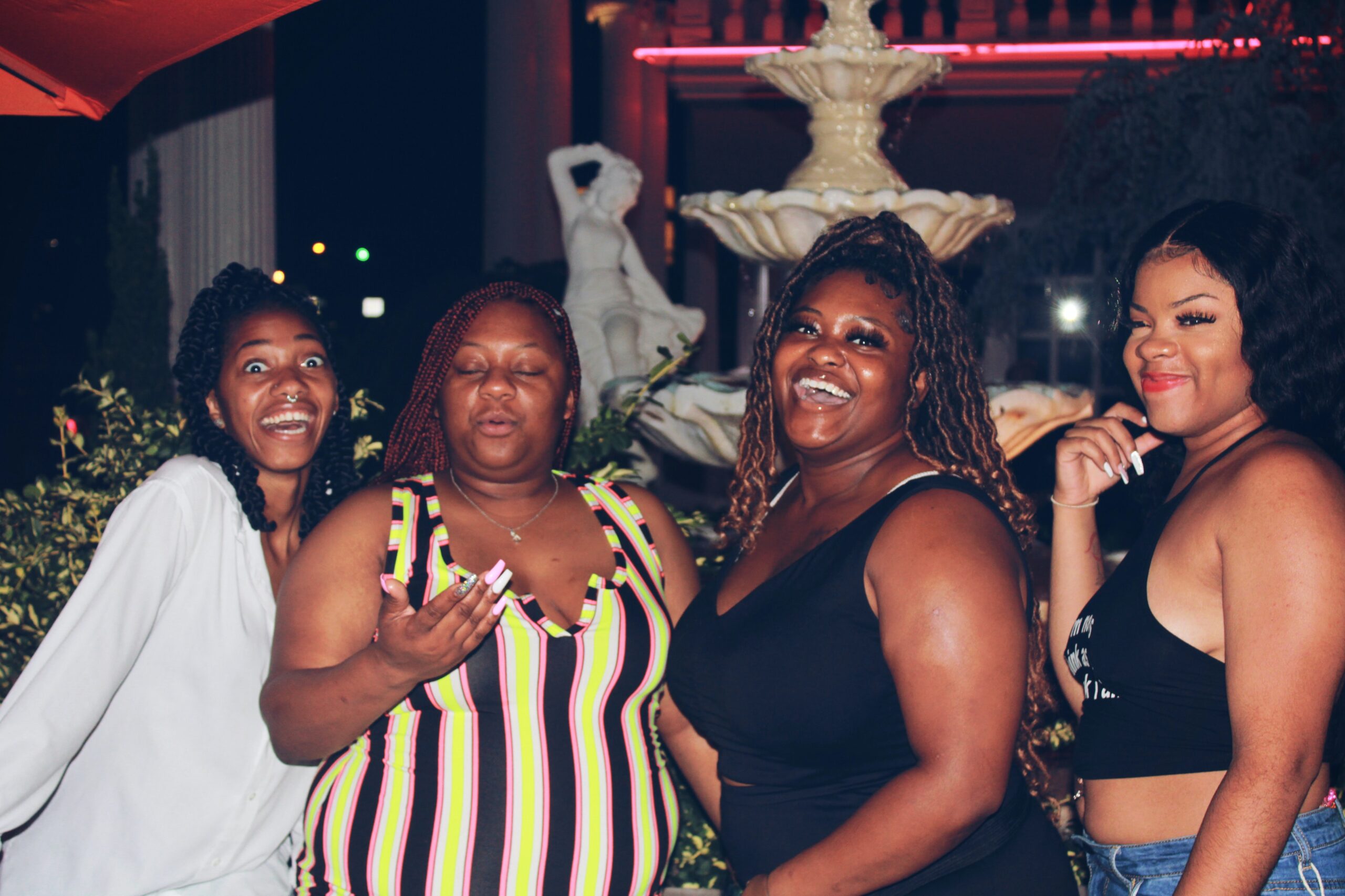
Activity Eight
Creating a Sense of Spaciousness
There’s no level of acceptance, comfort, or understanding you ‘should’ be at with any of this. That’s not the same as absolving ourselves of accountability: it’s about removing judgement. Removing judgement helps us process our failings using self-compassion, so we can feel things without sinking into corrosive shame.
Here’s the teach sheet I mentioned with the self compassion activity that might be useful.

